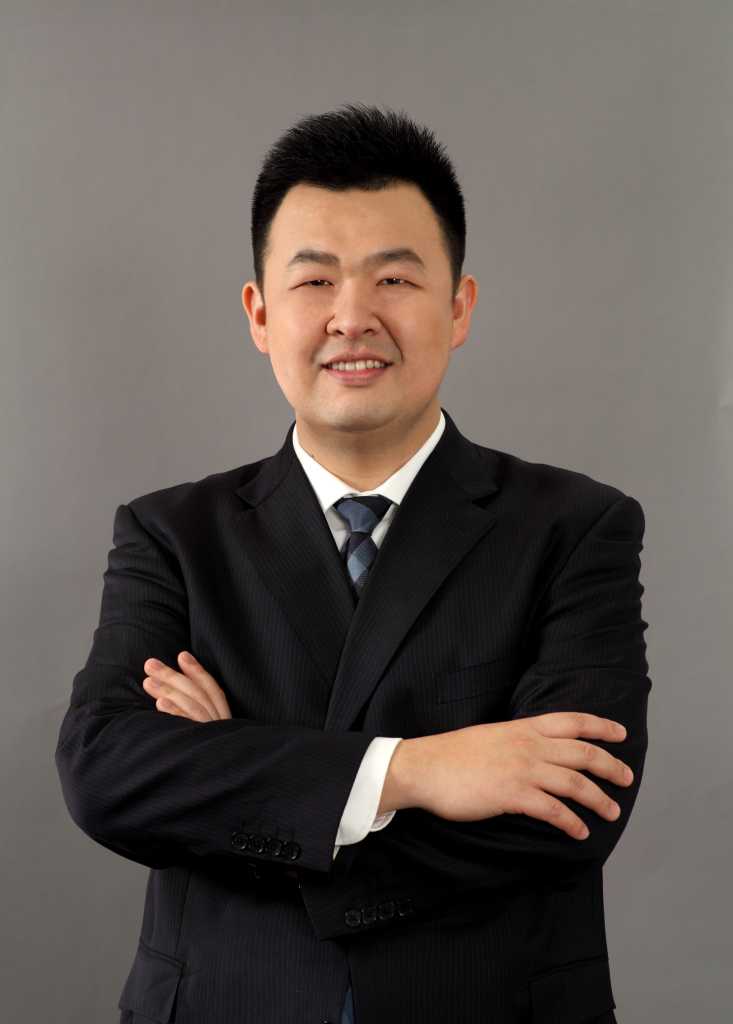What do the top manufacturing countries have in common? Their manufacturing industries are laser-focused on melding IT with OT to create the smartest digital production lines possible.
The world of manufacturing is undergoing a quiet revolution: the integration of Operational Technology (OT) and Information Technology (IT).
These two domains have traditionally been separate – IT has provided computing and communications, while OT operated the physical manufacturing machinery and associated monitoring systems on the production line.
For decades, businesses have focused on IT development, while OT has trailed decades behind in technological advancement. Arcane manufacturer-specific interfaces and outdated control hardware are the norm.
SUBSCRIBE TO OUR NEWSLETTER
From our editors straight to your inbox
Get started by entering your email address below.
Please enter a valid email address
Put simply, IT and OT have been driving in parallel lanes, barely casting a glance at each other.
Two significant changes have prompted a reassessment: first, business transformation projects necessitate comprehensive process evaluations, so the two domains can’t be viewed separately anymore; second, the growing emphasis on security has highlighted the substantial risks of using outdated, unmonitored technology.
Manufacturers are now looking across their whole business at what needs to be digitised, and they’re reaching the conclusion that IT and OT must integrate closely.
Furthermore, manufacturers are cognisant of the fact that data is the lubricant of smart manufacturing. Advanced manufacturing units, factories, and production lines are now being embedded with an ever-increasing number of sensors, interconnected systems, and automated processes. The result is an exponential growth in data generation.
Every device, every sensor and every operation is now a data source. This vast influx of data poses significant challenges: storing it, processing it in real time and returning actionable insights to the production line.
To achieve this, manufacturers need a platform capable of handling these tasks.
What Huawei learned from its own operations
Huawei has essentially been a manufacturing enterprise since its foundation. Every year, it produces millions of mobile base stations, switches, optical communications devices, mobile phones, and tablets for hundreds of telecom operators, thousands of enterprises, and millions of consumers.
As a result, Huawei knows first-hand the challenges a manufacturer faces along the different stages of its digital journey. When it faces a challenge in its own digital transformation, it takes lessons from itself on how to increase operational efficiency while ensuring quality.
Huawei has a portfolio of best practices that has been learned through optimising its own production and supply processes to become automated, information-based, networked, and digital, paving the way toward smart manufacturing.
It has developed a platform specifically for the manufacturing sector’s needs, providing a bridge between IT and OT systems as well as processing, analysing, and leveraging the vast amounts of data generated.
Huawei’s digital manufacturing platform
Huawei has some impressive examples of how its digital manufacturing methodologies and platform have delivered results in its own manufacturing lines, making full use of advanced technologies such as Artificial Intelligence, IoT and 5G.
For example, in the past, a production line for flagship mobile phone required 80 to 90 people. After introducing digital and intelligent solutions, the same line only needed 14 people and could output two mobile phones every 28 seconds.
At Huawei’s cloud data center in Langfang, the AI-based iCooling solution automatically optimizes energy efficiency, reducing the Power Usage Effectiveness (PUE) by 8% to 15%. It helps save 27 million kWh of electricity, which is equivalent to reducing 13,000 tons of carbon emissions.
The same methodologies and technologies are helping over 6,000 Huawei customers worldwide to optimise their manufacturing operations too.
At SAIC Motor’s Ningde Factory, Huawei’s network links 500 vehicles, 2,000 terminals, and 10,000 sensors. Using big data technology and regression algorithms, they’ve cut downtime by 20% and increased production efficiency by 48%.
Chang’an Automobile, with Huawei’s help, has built a software test factory powered by AI. They’ve improved compilation tenfold and product delivery by 30%. Using Huawei’s Cloud Astro low-code platform, they’ve developed new marketing cloud map and production scheduling apps in just nine days.
BYD’s Changzhou factory implemented Huawei’s Industry OptiX network for a reliable, efficient, and green production network, with communication latency below 20ms to avoid interruptions during production.
And at solar giant Risen Energy, when producing circuit boards, each finished board is photographed for inspection, then AI is used to automatically identify any issues and filter out boards for rework. Nearly 100 inspection machines generate over 500 GB of data every day and Huawei’s Industry OptiX network is stably transmitting terabytes of data. Even if a fault occurs, rectification takes less than 50 ms. Production lines now run efficiently around the clock.
One giant leap for manufacturing
By integrating IT and OT, manufacturers can reap the benefits of real-time decision-making, predictive maintenance, streamlined processes, and a marked increase in overall efficiency.
Huawei’s platform is not just about technology; it’s about tangible results. Manufacturers can now reduce costs, enhance product quality, and significantly increase their market competitiveness. It’s a shift from traditional manufacturing practices to a more agile, data-driven, and integrated approach.
The most progressive manufacturers are not only recognising the benefits of IT and OT integration but actively investing in platforms and solutions that facilitate this convergence.
Platforms like Huawei’s are not just tools; they’re catalysts, driving change, fostering innovation, and shaping the future of manufacturing.
Click here for more information on Huawei’s smart manufacturing solutions.

LIU CHAO, CEO OF HUAWEI’S MANUFACTURING AND LARGE ENTERPRISE BU
>>> Read full article>>>
Copyright for syndicated content belongs to the linked Source : CIO – https://www.cio.com/article/655762/the-strategy-behind-becoming-a-manufacturing-superpower.html














![[News] Japan Develops 10nm Nanoimprint Technology, with Potential to Tackle EUV Bottleneck – TrendForce](https://earth-news.info/wp-content/uploads/2025/12/329851-news-japan-develops-10nm-nanoimprint-technology-with-potential-to-tackle-euv-bottleneck-trendforce-360x180.jpg)
















